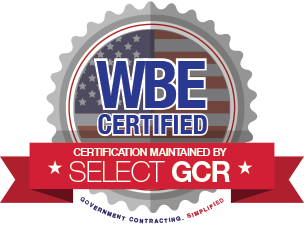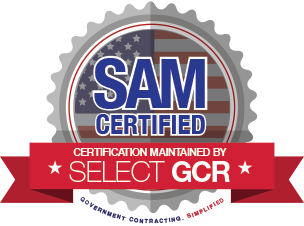Standing Out as Outstanding
 Face it…it’s a “noisy” world out there.
Face it…it’s a “noisy” world out there.
The average U.S. adult gets exposed to 2,000 marketing messages a day. Hundreds of candidates vie for individual job openings. Emails crowd our inboxes. Information from the Internet, television and printed media saturates our lives.
“Your success depends on whether you quickly capture your target audience’s interest,” writes Sam Horn, in POP: Stand Out in Any Crowd. And she means quick! As in 60 seconds or less.
This remains true whether you are: promoting a campaign or cause, interviewing for a position, pitching a book, talking to prospective clients at a trade show, creating a website or commercial, competing for a contract, launching a new product or other endeavors.
It’s not just about getting heard through all the noise. It’s about being remembered.
The best way to do that, according to Horn, is to use words—written or spoken—that are at once purposeful, original and pithy (the “POP!” of her book title).
These may seem obvious, but many people have great difficulty articulating the purpose of their product or job search. And they drone on for far too long with words that are lifeless, bland and like everything else you’ve ever heard.
The first step is to get clear about what it is you’re promoting. Some of the questions marketers typically ask are just as good when applied to a cause, a person or a product—questions such as: What problem does _______ solve? Why is _______ worth buying/trying? What might be some objections to ________? What is the exact action I want people to take?
Originality is where the fun really begins. Horn offers a variety of techniques that help to tease out the names and messages that stop people in their tracks and have great sticking power. Working with the techniques has more the feel of a family game night than work.
For example, there’s the Alphabetizing technique, in which you run a key word through the alphabet and make a synergistic change to the first letter or syllable of a known word. This technique is responsible for such brands as “Go-gurt” (yogurt in a tube), “Daddle” (a parent-sized saddle for youngsters who want to ride Dad like a horse) and “Smitten” (a mitten built for two, to accommodate holding hands in the cold).
You can also play with clichés and word spellings, up-end assumptions, link something/someone unfamiliar to something/someone familiar, and much more.
Finally, be pithy, meaning be precise and concise. People need to get your message in the briefest amount of time possible. Just as taglines should be no longer than seven words, your response when someone asks you “What do you do?” or “Why should I buy this?” should not be much longer.
To borrow a pithy phrase that has made millions…Just do it!
Author’s content used with permission, © Claire Communications



